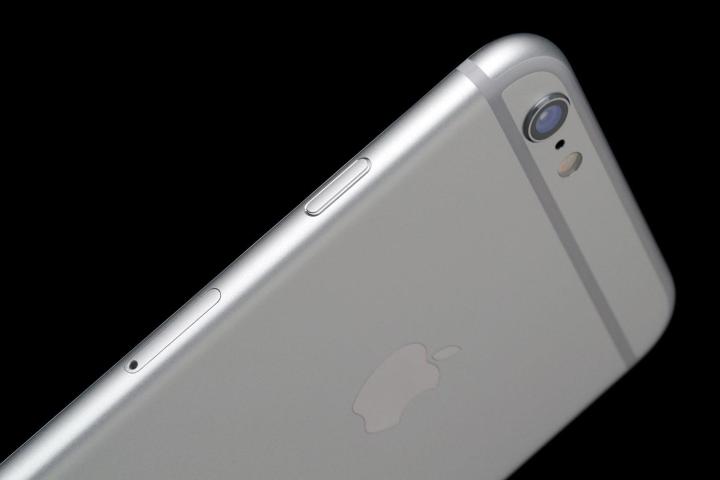
Whatever the truth, the tech titan has responded to the increasing media attention by throwing open the doors of its testing facility to reporters.
In an effort to convince one and all that it really did put the 6 Plus through its paces before making it available to the masses last week, Apple invited several news outlets to have a mosey around its so-called “reliability testing lab” in Cupertino.
According to Josh Lipton of CNBC, this is where a team of engineers “exhaustively” test all Apple devices for strength and durability.
CNBC’s footage shows two heavy duty machines with a variety of parts pumping purposefully and repeatedly up and down, presumably bashing an Apple device with a hefty weight until it disintegrates. While there’s no sign of a machine grappling with a pair of jeans with the iPhone 6 Plus poking out of its pockets, Apple’s head of engineering, Dan Riccio, was keen to reassure customers that the company’s largest iPhone to date was actually “tested in the pockets of thousands of Apple employees” and is “the most tested product we have ever done.”
Riccio told The Verge that 15,000 iPhone 6 Plus units were rigorously tested prior to the handset’s release, with its lab machines repeatedly bashing, tapping, prodding, flexing, twisting, dunking, and dropping each one in a bid to highlight any design flaws.
Riccio explained that steel and titanium inserts are added to help strengthen the relatively soft aluminum chassis of the iPhone, but is aware that in some cases even these won’t be enough to save the device from being damaged. “The bottom line is that if you use enough force to bend an iPhone, or any phone, it’s going to deform,” he said.
Reports Thursday suggested Apple might replace a bent iPhone 6 Plus if presented to staff at an Apple Store, though certain not-altogether-clear criteria will have to be met for a new handset to be handed over.
Editors' Recommendations
- Nomad’s new iPhone case and Apple Watch band may be its coolest yet
- I’ve had the iPhone 15 Pro for six months. Here’s why it’s still amazing
- I did an iPhone 15 Pro Max camera test and the results shocked me
- I found the perfect iPhone 15 accessory, and it’s only $50
- Is the iPhone 15 Pro Max camera as good as Apple says? I found out


